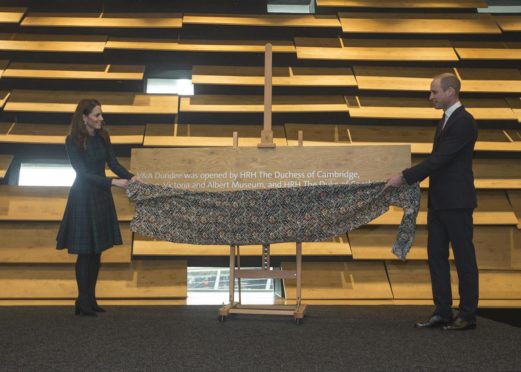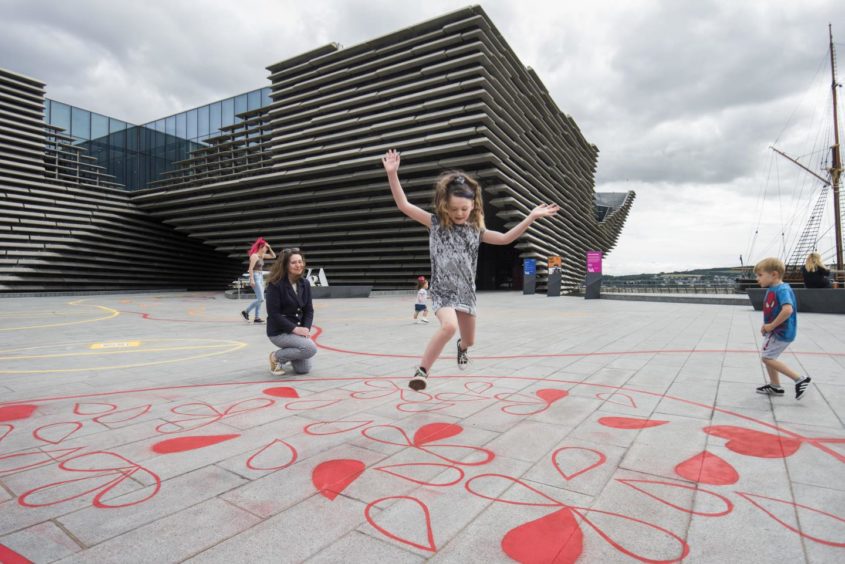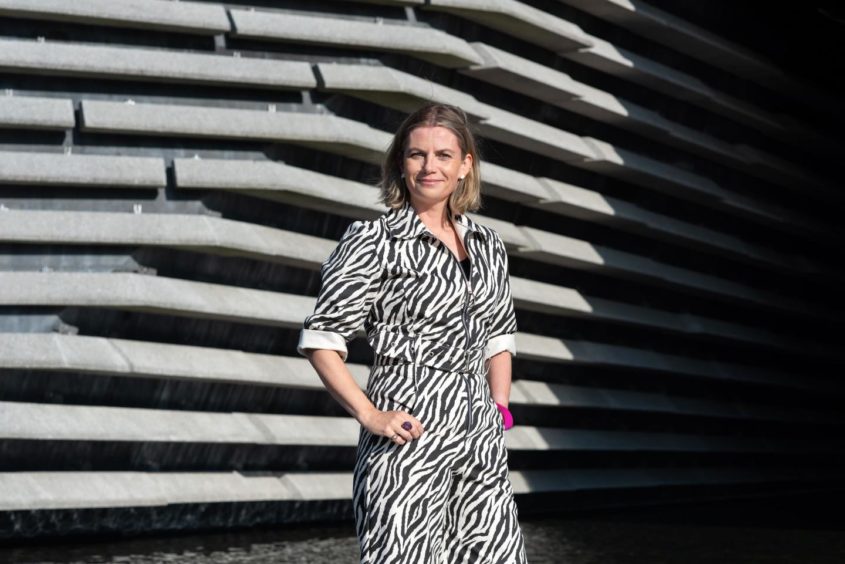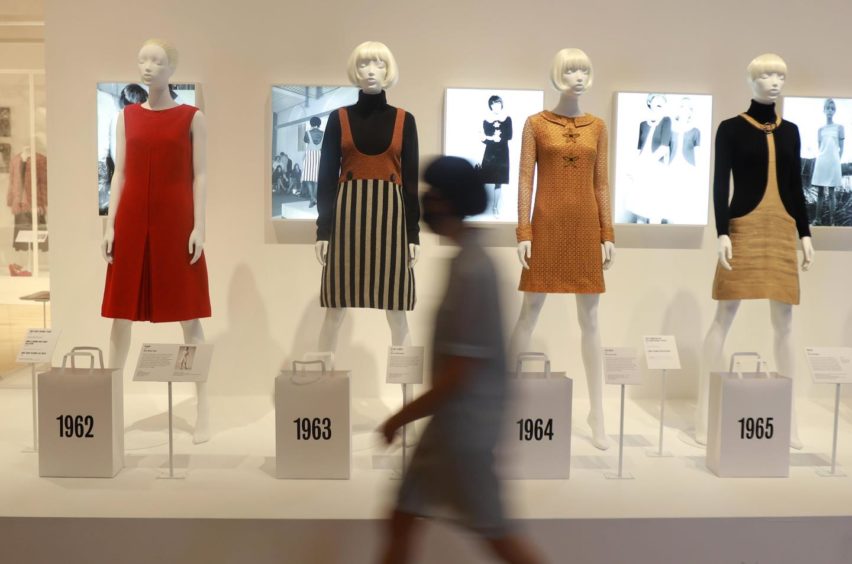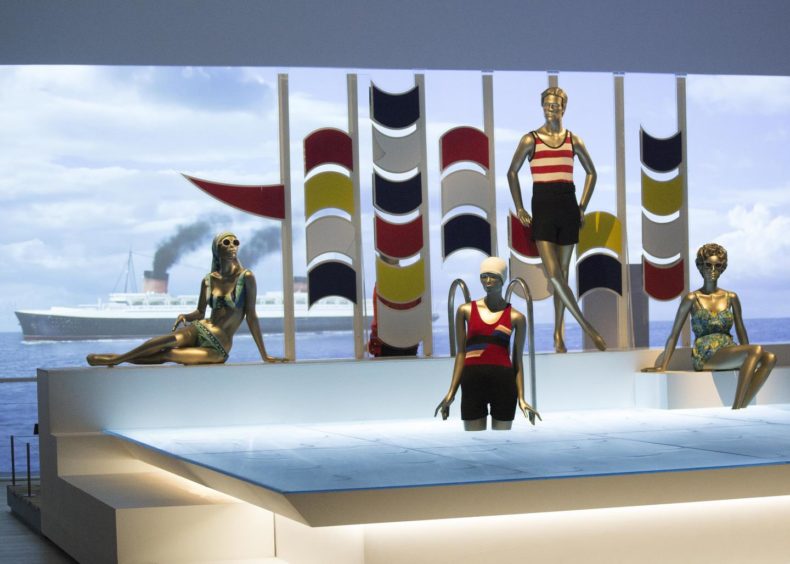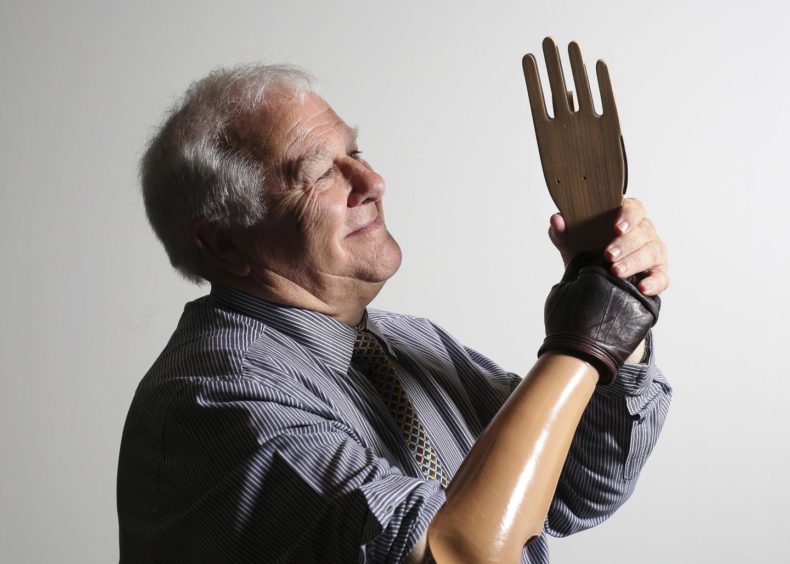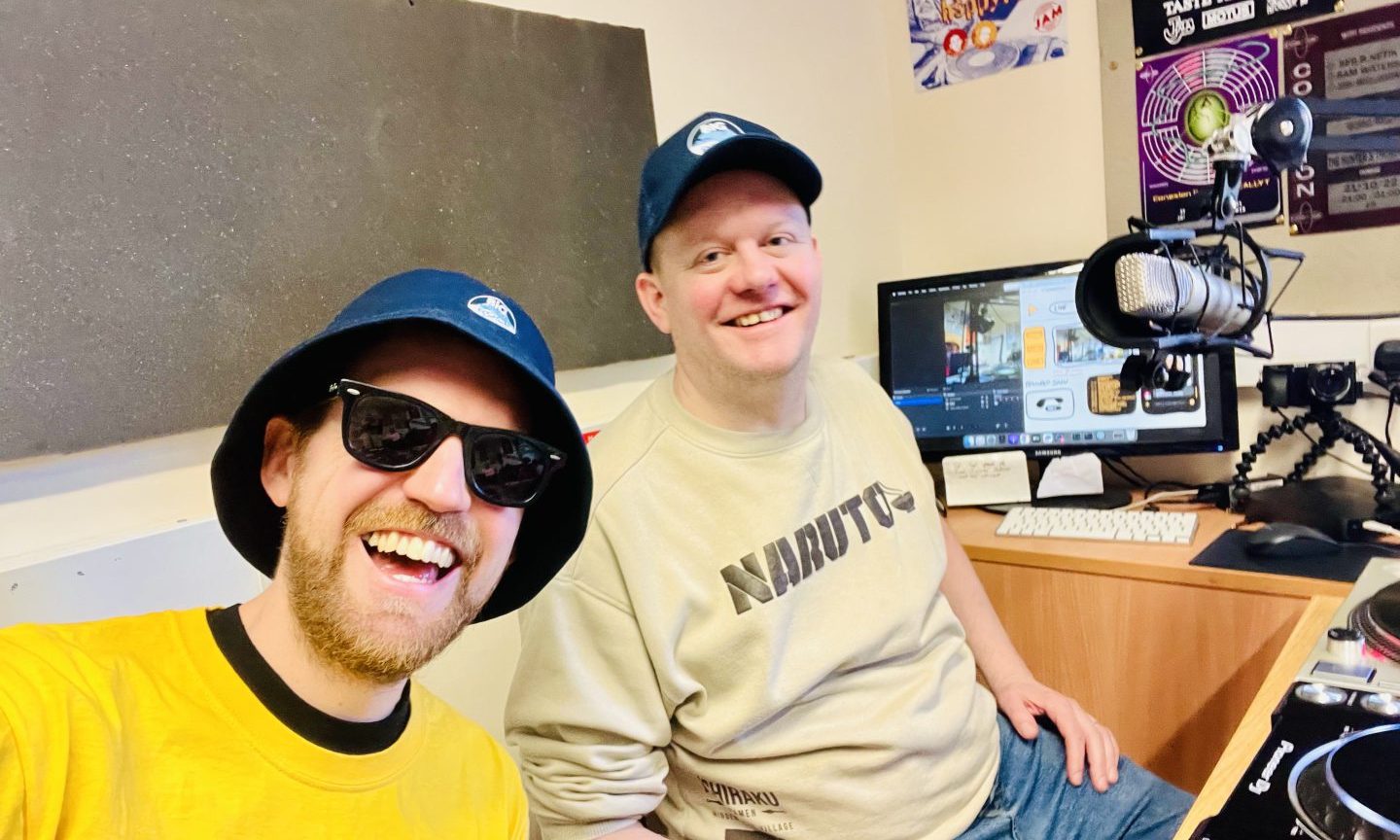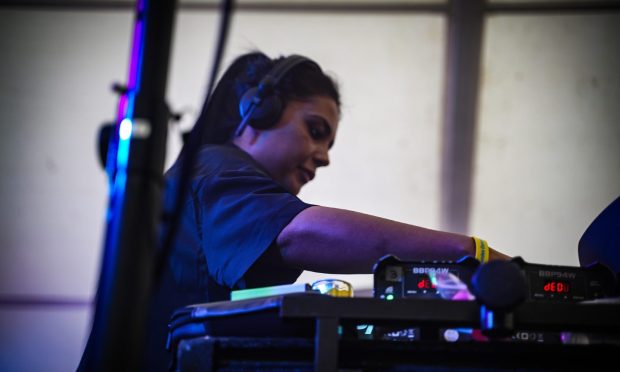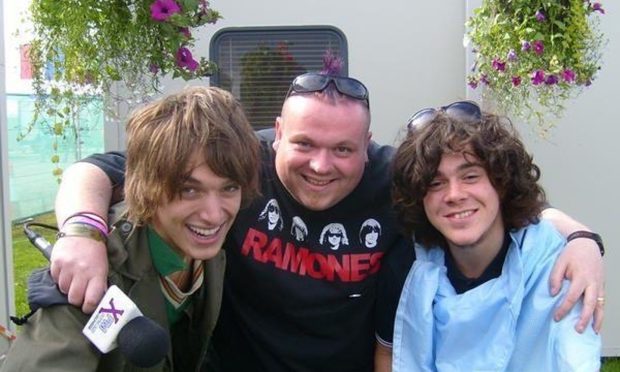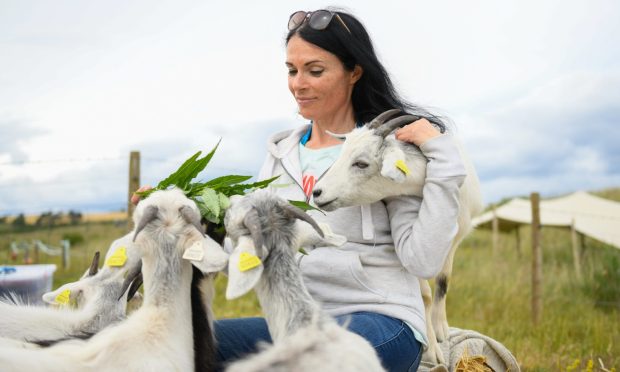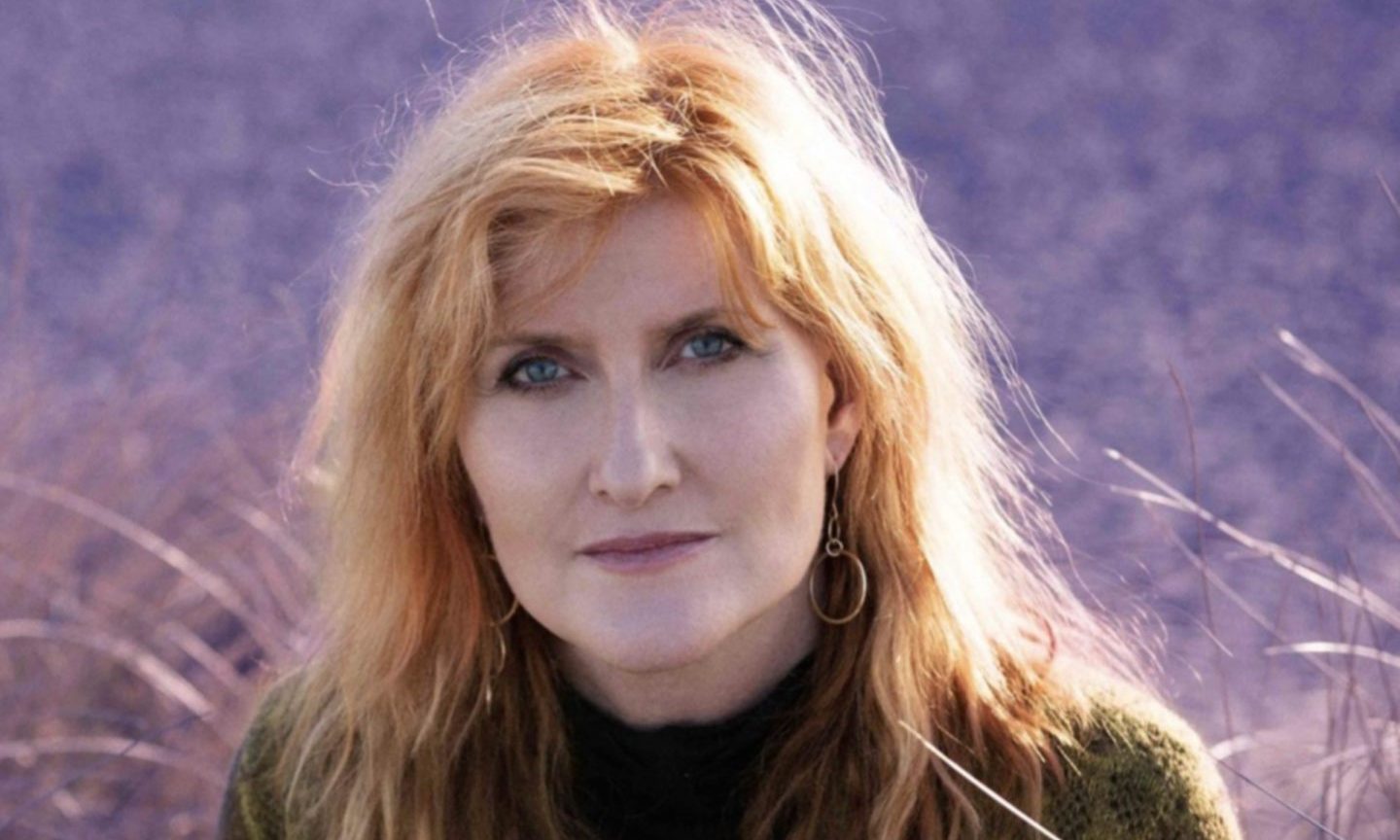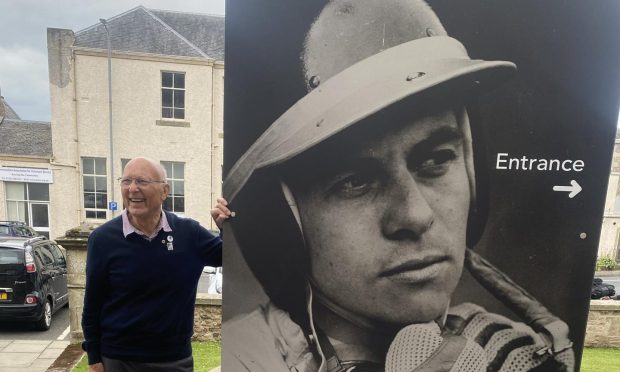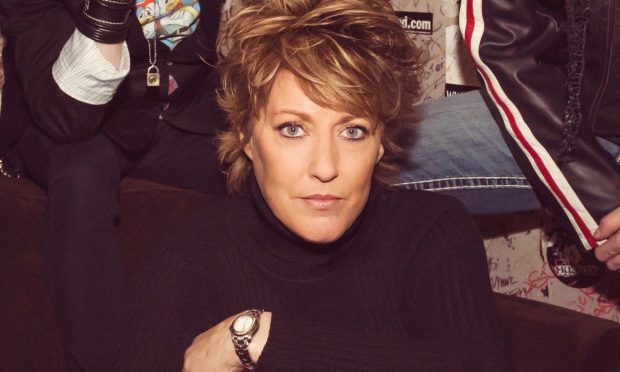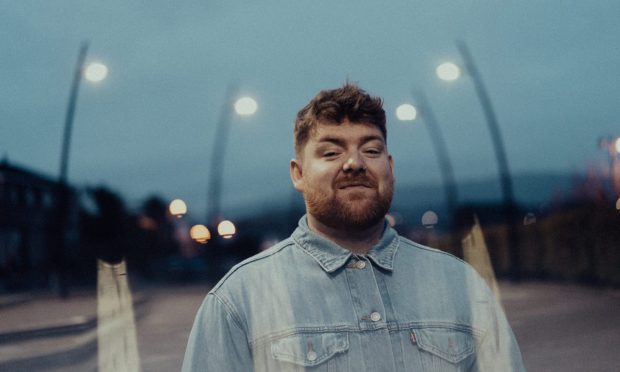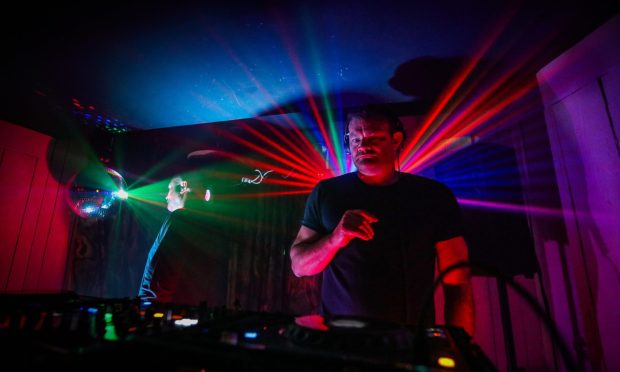On this day in 2018, Dundee was preparing for the launch of what is arguably its biggest cultural undertaking to date – the V&A museum on the newly redeveloped waterfront.
After years of planning, anticipation and, as is the case with most major public projects – a dose of controversy, Scotland’s design museum opened to the public on September 15 amid much fanfare.
This year, Japanese architect Kengo Kuma’s creation – the only V&A museum outside of London – will mark its third anniversary in the rather subdued “new normal” environment of the post-lockdown world.
Highs and lows
So how is V&A Dundee faring three years on? What highs and lows have there been since the launch? How is a major exhibition put together? And what does V&A Dundee’s post-pandemic future look like?
Director Leonie Bell and Director of Programme Sophie McKinlay were on hand to answer these questions, and more.
“Although we opened three years ago, we have not actually been open for three years. We had to close the building during the lockdowns”, reflects Leonie.
Visitor numbers
“So it will take us a few more months to review if we are where we should be three years after opening, in terms of visitor numbers.
“V&A Dundee should be attaining half a million visitors a year, that was our pre-Covid target.
“Obviously the lockdowns have had an effect on visitor numbers this year, and the V&A is not unique in that. But in terms of where we are now, we are optimistic. We have had 62,000 visitors since reopening in May.”
Pandemic challenges
Dundee-born Leonie, who grew up in Fife and later moved to Glasgow, returned to her home town to take the reins of V&A Dundee in the summer of 2020, taking over from founding director Philip Long OBE.
In her previous role she had led Paisley’s ambitious cultural regeneration plans following on from its UK City of Culture Bid, as Strategic Lead for the Future Paisley Partnership at Renfrewshire Council.
Steering V&A Dundee through the unforeseen challenges of a fast-moving pandemic was just as demanding a job, if not more so.
An unpredictable year
“The pandemic was already raging when I went through the selection process”, explained Leonie.
“The V&A building was closed at the time. I was aware of the challenges organisations like the V&A were going through, but it was difficult because nobody knew how long it would go on for.
“We were allowed to open in October and we were able to give people a really positive exhibition to come back to – the Mary Quant fashion exhibition. But then in December we had to close again.
Museum at Home
“We spent a lot of time thinking about how we could react to these restrictions, both on a global and local level and we came up with the Museum at Home exhibitions, which allowed us to open V&A Dundee to digital audiences locally and all over the world.
“They were very well received – we had audiences from all over the world. For example, one event was with a design curator from the USA. That time we had quite a big US audience.
“So running V&A Dundee when it was closed was actually a very busy time as we had to think of different ways of engaging people.”
Re-opening V&A Dundee
Now that the restrictions have lifted, the V&A is once more open to visitors – albeit with pre-booking required, both to enter the building and to see the paid-for exhibitions.
It is, however, closed to the general public on Tuesdays and Wednesdays. On these days museum bosses have been hosting sensory-friendly days catering to people with disabilities, since last summer.
School groups have also been welcomed on educational trips, as well as groups of people from local communities who may not normally get to experience going to a museum.
Digital
“Digital events do open up opportunities, but it doesn’t offer solutions to everyone”, muses Leonie.
“For instance, not everyone has access to the kit required, or has the right environment at home. We can’t presume that it’s going to be equitable for everyone.
“The thing everyone in the arts and culture sector is now trying to work out is how to do hybrid events. We are very keen to build on the digital events we did and to combine digital and physical elements in future exhibitions.
It’s all about adapting to the new world and building on what we learned during the pandemic.”
Mixed opinions
There is no doubt that the teams behind the V&A have been working tirelessly to develop the museum’s offering, both before and during the pandemic.
But the museum has not been without its detractors throughout its three year existence. The cost of building and fitting it out ended up being nearly double of the projected £54million, at £80million, an overspend which attracted public criticism.
It did bring in a surplus of £750,000 during its first year, however, and is now said to be worth £75million to the Scottish economy.
Visitor reviews
Currently it is listed in 58th place out of 120 things to do in Dundee on Tripadvisor, with a reviewer rating of three starts out of five.
Among the most common visitor complaints are the perceived sparseness of the exhibitions and the large areas of “empty space”.
What does Leonie make of this?
A young museum
“I think it’s important to highlight how young we are as a museum and how much scope there is to evolve”, she explained.
“I wasn’t with the V&A from its beginning, but what I noticed, as a visitor at the time, was how much effort the organisation was putting into learning about what the visitors thought and what they wanted to see. This is something that is continuing now.
“We need to be in continuous conversation with audiences locally and internationally. Many people love what the V&A does and others have their own ideas about what we could do better.
Architecture
“Generally people think the architecture is awe inspiring – not just the new building but the creation of a new space outside, at the waterfront, such as the new urban beach and Slessor Gardens. When it comes to the interior, some people love the space, others feel that there could be more inside.
“We are already beginning to use the previously empty space for temporary exhibitions. We will continue to think about how we bring different types of activities in different spaces. People may not love all of it, but it’s important that here is something for everyone.”
Since its opening, the V&A has hosted a variety of exhibitions on diverse topics including shipbuilding, fashion, robotics, games design and prosthetics.
Exhibitions
With a subject matter so varied, it is difficult to pinpoint who the typical visitor might be.
The trick is to make exhibitions appealing to those who know little about the topic and may not have had an interest in it previously, as well as to include elements that would appeal to experts and enthusiasts, says Director of Programme Sophie McKinlay.
“One of my favourite exhibitions was Ocean Liners – the inaugural exhibition – as it was a wonderful introduction to design as a subject, encompassed so many areas of design including building and engineering, textiles, jewellery and interior design.
“It allowed us to set out our stall as a museum that wants to really explore the definition of design. That definition is continuously evolving and changing.
Hands of X
“Another exhibition that was really popular was Hands of X in the Michelin Design Gallery, which explored the design of prosthetic hands.
“It helped to show design as a complex and personal thing that can have such a profound impact on people. A visitor actually came up to us, he had his nine-year-old daughter with him. She had a prosthetic hand and he was so touched that we delved into this subject.”
“Another favourite, which was one of our most successful exhibitions of all time, was the Mary Quant exhibition.
“People, who had been constrained at home for a long time, came to the museum. They saw a really uplifting, colourful, energising exhibition. It was such a pleasure to walk around and see people engaging with it.”
Planning and research
It takes four to five years for a typical exhibition to go from the planning stage to appearing in front of the public. It is a multi-disciplinary effort, explains Director of Programme Sophie McKinlay.
As design offers infinite possibilities for subject matter, it is important that the research stage identifies the key concepts, often linking the exhibitions to current affairs and topical discussions taking place in the public sphere.
One such exhibition is Plastics: Remaking Our World, which is part of the 2022/23 programme and will explore the history of plastic, from its inception as an innovative design solution to the major polluter it has become today – and what we can do about it.
Behind the scenes
“What we want to show is that design is for life and for everyone. It can help us navigate through the world”, said Sophie.
“A lot of research goes into the initial stages of planning exhibitions. We need to come up with ideas and talk to lenders about acquiring objects.
“There is also the writing of the exhibition labels, producing a catalogue and making the shows accessible to people with disabilities. They also have to be also accessible in the sense of our audiences being able to understand and engage with them.
“There is work to be done on the care and conservation of objects, the promotion of exhibitions, the community programme and the retail side of things too. So there is a lot of work that goes on behind the scenes.”
The Future
And what of the future?
“No one can reliably predict what will happen in such a volatile environment as Covid has not disappeared”, adds Leonie.
“But we are here, we are listening and engaging with our audiences and we will continue to develop”.
V&A Dundee’s history: Time line of key dates and major exhibitions
- 15 September 2018: Museum opening and Ocean Liners exhibition
- 29 January 2019: Royal opening
- 18 April 2019: Videogames: Design/Play/Disrupt exhibition
- 3 June 2019: HBO Succession filming with Brian Cox
- 23 June 2019: BBC Antiques Roadshow filming
- 15 September 2019: 1st birthday. Kengo Kuma gives talk on his design for Tokyo Olympics
- 2 November 2019: Hello, Robot. Design Between Human and Machine exhibition
- 21 January 2020: £75m economic impact of first year revealed
- 4 February 2020: 1 millionth visitor welcomed
- 16 July 2020: Heather Street Food opens outside museum.
- 27 August 2020: Mary Quant exhibition and post-lockdown museum reopening
- 1 October 2020: New Director Leonie Bell starts
- 12 March 2021: V&A announced as Scottish centre of design.
- 22 April 2021. £1m raised for Dundee culture, supported by Northwood Charitable Trust
- 1 May 2021. Night Fever exhibition and second post-lockdown museum reopening
- 1 June 2021. UNESCO City of Design Dundee joins V&A
